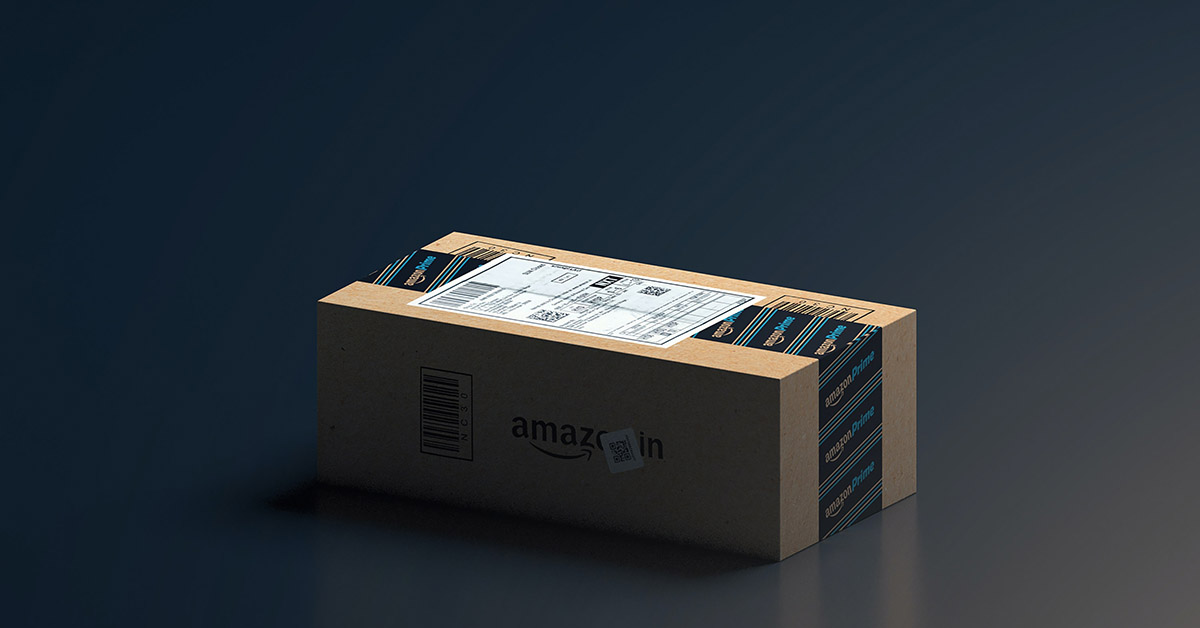Most of my interactions regarding Amazon over the past five years have been related to effective selling strategies within Amazon’s marketplace, efficient media planning and buying on Amazon Media’s Platforms and advanced innovation within the Amazon ecosystem in areas such as voice, over-the-top (OTT), and data partnerships. So you can imagine how surprised I was to learn of a new challenge I hadn’t encountered before, but that many of the brands we work with face: when Amazon begins stealing share in your search engine results page (SERP) results – Google in particular.
Amazon’s arrival in the competitive set for search has become a common challenge for our clients across a variety of retail verticals. So for my final blog post of the year, I’m combining my current (retail media/eCommerce) and former (search engine marketing) lives. This will provide best practices for what to do when you find yourself in a cost-per-click (CPC) battle with Amazon, and how you can respond when other leading retailers like Walmart and Kroger begin stealing your share in search.
Different auctions equal different outcomes
Our e-commerce and marketplaces experts support a number of leading brands with both Direct to Consumer (DTC) and omnicommerce models. Every one of them relies heavily on the traffic and sales that originate from their Google Search and Shopping programs. This proved to be a challenging year for many brands, as the tailwinds of 2020’s pandemic shopping boom collided with 2021’s inflation and supply chain constraints. However, we uncovered a more nefarious and potentially debilitating challenge looming underneath these macro trends: Amazon has been stealing more of a share of Google Shopping auctions than ever before. We saw this phenomenon in Google Text Ads auctions as well, albeit not as pronounced.
Amazon’s vertical strategy on full display
This had us wondering – why would Amazon invest more in Google if they already have the majority (55%) of product searches happening directly in their own platform? “Because it can” was the obvious answer, but perhaps the more honest answer is that “because it has to.”
2021 was a year of tremendous growth for online retailers, both in revenues and in media monetization. Over the last 12 months, we watched as seemingly every retailer announced the launch of their own proprietary retail media network: Chesapeake Media Group in April, Lowe’s Media Group in October, Walmart and Kroger offsite ads in November…the list goes on and on.
So with more and more competition in the retail media game, it’s safe to assume that Amazon is feeling a bit ganged up on. Fully investing in Google for non-brand and category or product searches is a smart defensive move if Amazon wants to continue to stay ahead of the pack as the preeminent online shopping destination.
Another key reason for Amazon to spend aggressively in Google Shopping could be as simple as what we in search marketing have always evangelized: that SEM is the single best predictor of what consumers will demand next. It’s a terrific way to understand how searcher and shopper behaviors will evolve and what will be the next big thing. By leveraging this data and search insights, Amazon can have a better idea of what products or services it should expand into next.
How can brands respond?
The inconvenient truth is that nearly all brands will fail to beat Amazon. The brand recognition that Amazon commands makes it near impossible – after all, it is the #1 advertiser by media investment. So it goes without saying (although I’m going to do just that) if you can’t beat them, you ought to consider joining them.
Can’t beat them? Join them
As you begin to see your impression share erode or your CPCs inflate as a result of Amazon’s expansion into your auctions, now is a good time to evaluate your Amazon selling strategy (or implement one if you don’t have it already).
Leverage Amazon Media Group’s offerings to increase your visibility across the platform when your potential customers are directed there. Investing in onsite ads or product detail pages and across search results pages is a great way to secure additional impression share and drive more conversions. Keep in mind that brands currently selling on Amazon will be required to leverage links in ads, navigating consumers to your product detail pages (PDPs) or a brand store page if you have one. Non-endemic brands can direct consumers to a DTC or alternative destination.
The enemy of my enemy is my friend
Amazon knocking down your door also presents a good opportunity to form strategic alliances with additional retailers that bolster your ability to compete. As online eCommerce marketplaces continue to proliferate and new retail media networks come online, use these channels as a way to diversify your exposure and gain new views and customers outside of Google. Walmart, Target, and eBay all have thriving marketplaces. Leverage the credibility and scale that these top competitors offer to increase your reach with new and diverse audiences. You may also discover that the media efficiency in these new emergent platforms is better than either Google or Amazon at present while competition remains low.
Transition to social shopping
Another major trend in 2021 was the rapid fire launch of new shopping features and capabilities across every major social media platform. From Facebook to Tiktok and everywhere in between, social media platforms aimed to pivot from a destination for consumers and brands to simply connect and share to a destination for consumers to discover products and buy directly. For more on this evolution, I’d recommend checking out our 2022 Social Commerce Report. This shares the results of a survey we recently conducted of 400 senior marketing leaders and how they’re using social commerce in their broader marketing strategy.
Revive your organic content strategy
Paid search listings aren’t the only way to win the SERP. Organic search still accounts for nearly half of all the traffic driven to brands’ websites. When was the last time you did an overall organic health check up? Does your website have both a sound technical foundation and the rich relevant content needed to achieve positive rank according to Google’s algorithms? Does that approach cascade beyond your website? What about your PDPs on Amazon.com? Have you built a brand store page to continue to promote your brand within Amazon, providing consumers an alternative, yet still highly tailored, experience? This would also be a good time to evaluate your content management system and ensure that your tool suite and product management is up to par with the complexities of today’s dynamic selling system.
Double down on differentiation
Finally, now may also be the perfect time to reevaluate your unique value proposition. The headwinds of today’s third-party seller economy have created a “race to the bottom” for a lot of brands, causing them to trade on price and margin regularly to continue to win the sale. We also know that one outcome from the pandemic shopping era is that shopper behavior has dramatically changed – consumers are now more than ever evaluating their brand preferences based on their values and what they care about on a human level. If you are a brand that stands for more than just quality products and low prices, are you doing everything you can to promote that? Google has recently launched a variety of new ad tags that allow brands to badge their unique differentiators, including locally-owned businesses, minority-owned businesses, and sustainability.
In the coming weeks, I’ll deliver a series of blogs recapping this year in eCommerce and a preview of the trends that brands should keep an eye on in 2022. In both of these, it is safe to assume that Amazon and the broader retailer ecosystem will be a major theme. Until then, use these tips and the time left in 2021 to assess how Amazon is either helping or hurting your business, and then make a plan to tackle it head on in the new year.





